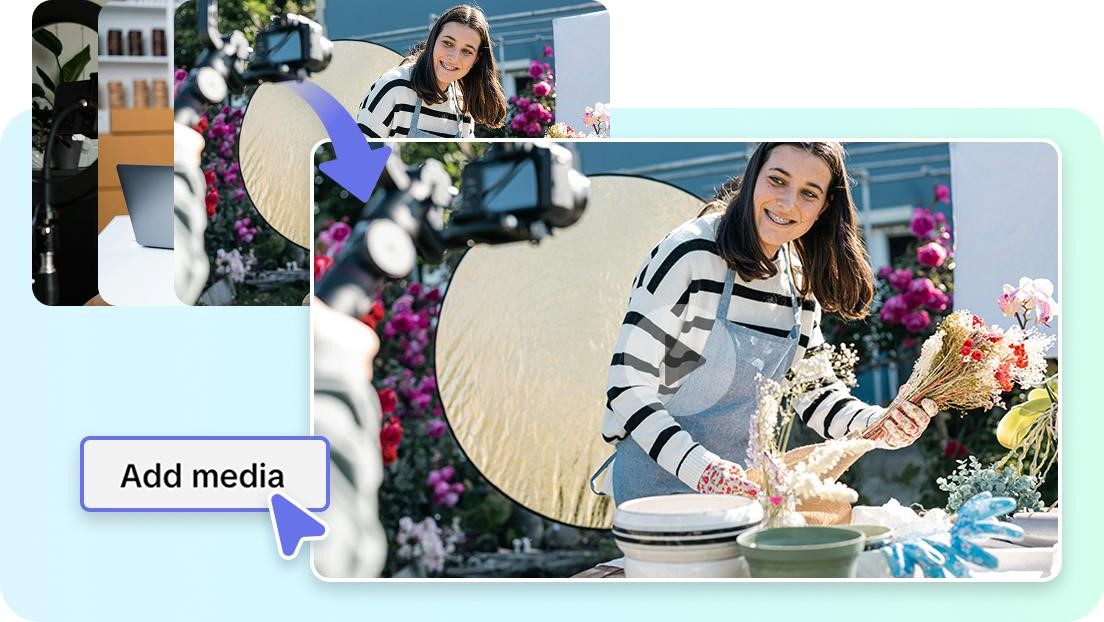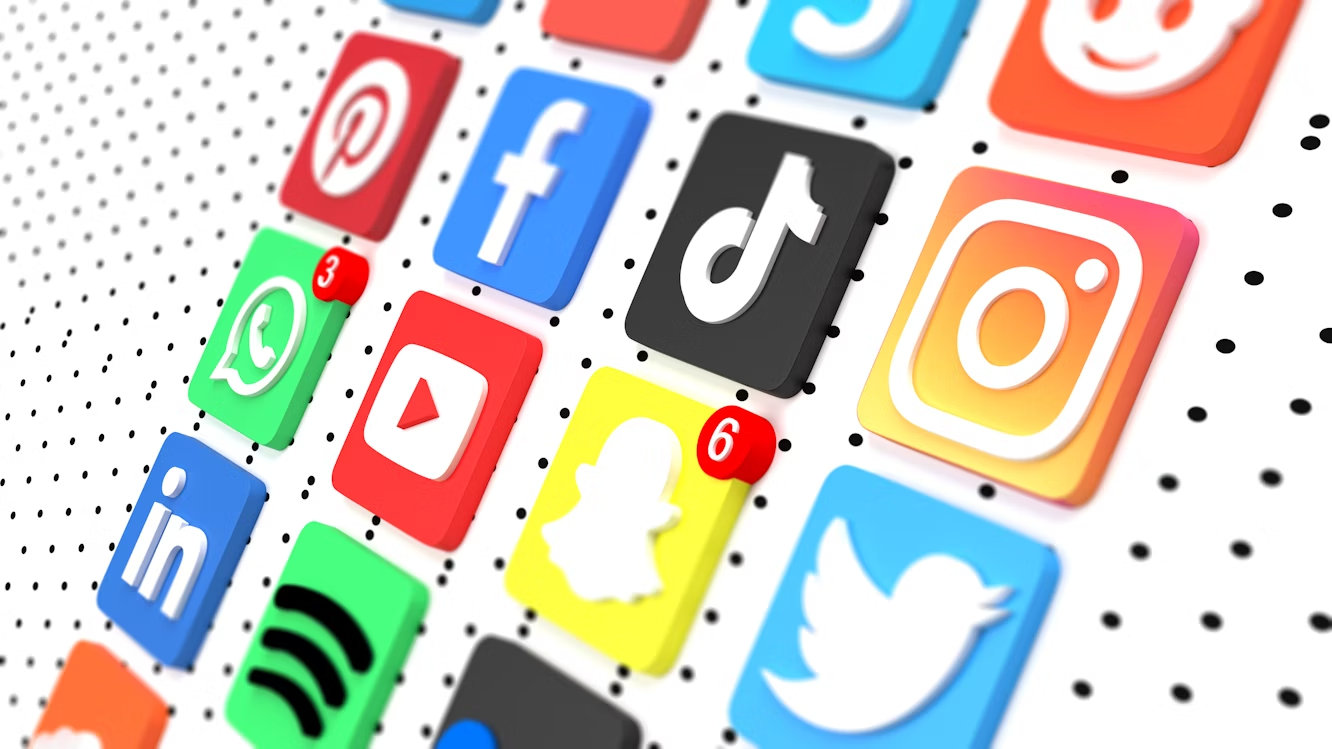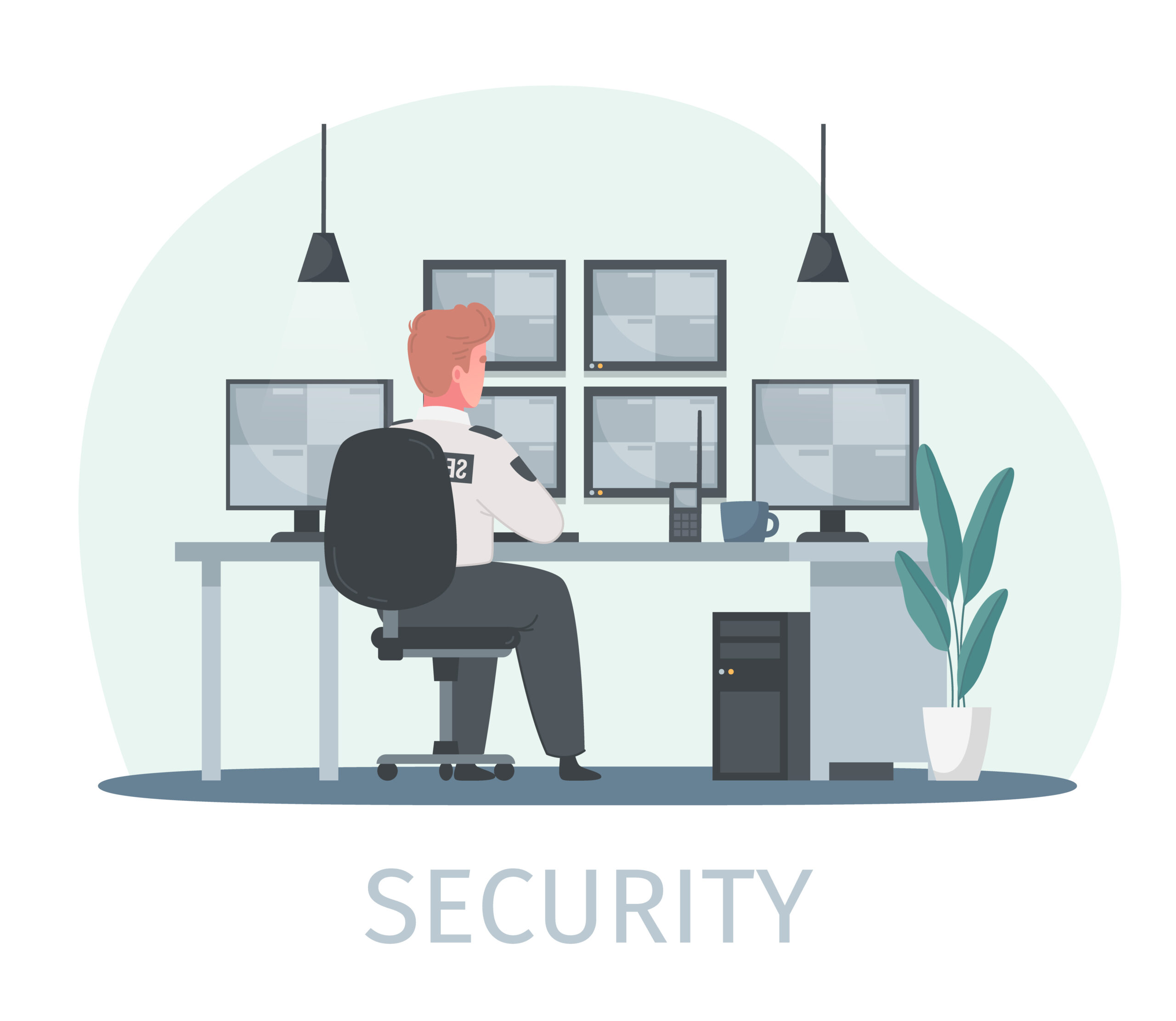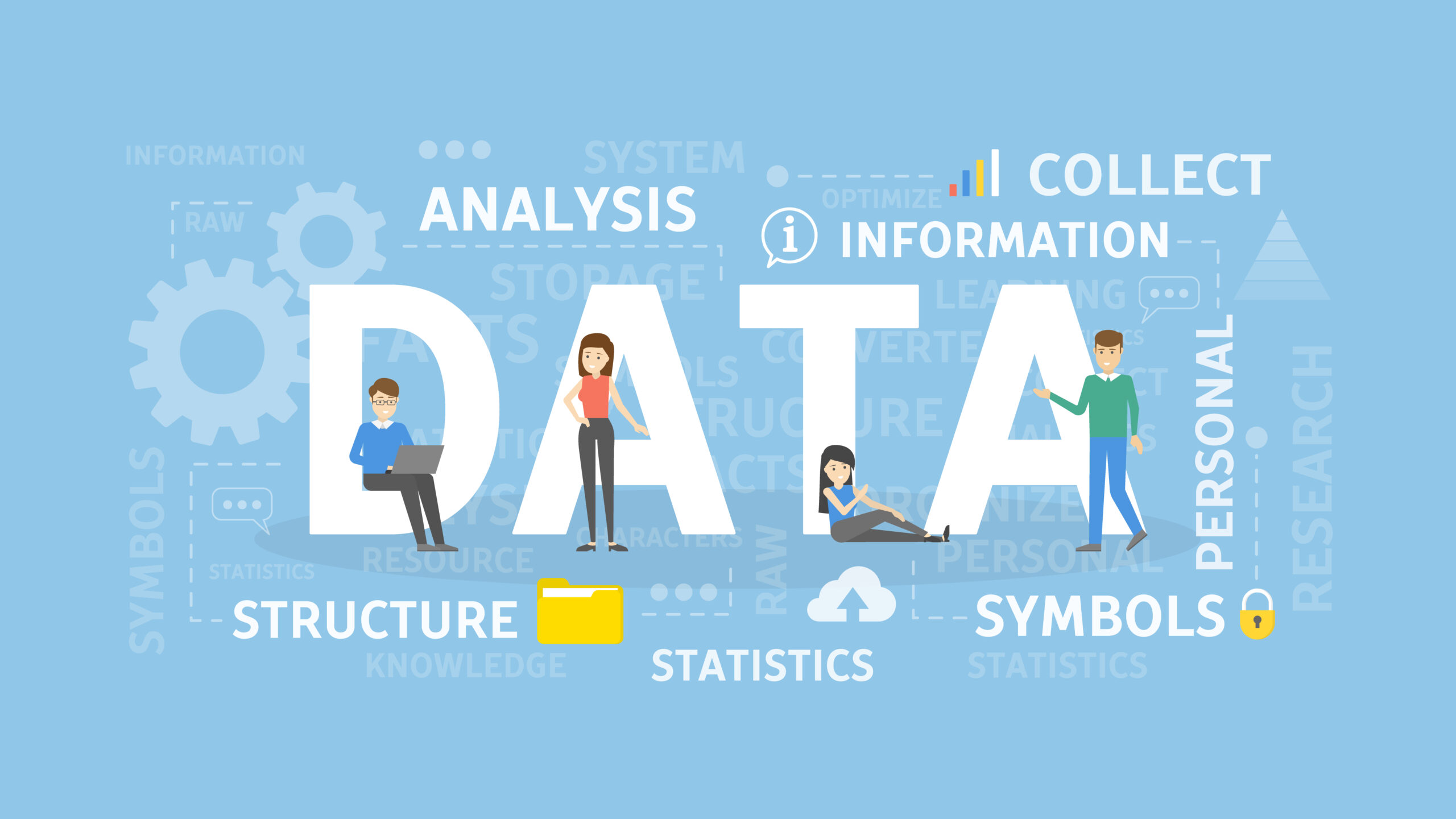There was once a time when art had to survive on white walls and empty rooms. But all that changed with the internet. With tools like Pippit, digital artists are bringing static pieces of art to life in the form of visual experiences. With an AI video generator, artists can now turn still art, painting, photographs, and digital artworks into full-fledged cinematic animation that instills feeling, rhythm, and presence.
The classic gallery experience used to require physical space and in-person observation. Today, artists can produce virtual exhibitions that spin, breathe, and speak. Every brush stroke radiates light; every sculpture turns on virtual air. Observers no longer merely see art, they live it from anywhere on the planet.
Where the canvas starts moving
Computer art was once written off as “flat” or “cold.” Movement reversed that entirely. When a static image comes to life, it generates emotion, tempo, and mood that a frozen picture can’t. A work of art can now evolve layer by layer, revealing how it was created; a computer collage can throb to ambient sound; and a portrait can gradually blink or breathe as if alive.
The new curators of the digital age
Curation isn’t about putting frames on walls anymore. It’s about building experiences. Digital curators today look like directors of films, choosing how things fade, rotate, and segue into each other. They construct visual narratives rather than linear showcases.
The contemporary show may begin with a sculpture rotating in gentle light, evolve into an animated computer painting, and conclude with an ambient soundscape that resonates throughout the gallery space. Each transition has emotional purpose, providing context and atmosphere for each piece. Virtual shows have also leveled the playing field. Freelance artists who previously had difficulty finding physical spaces to present can now hold digital exhibitions seen by people all over the world. No shipping, no logistics, just art delivered in an instant to screens everywhere.
Beyond the frame: how animation adds emotion
Adding animation enables artists to convey depth and atmosphere not possible in static images. When movement, light, and music collaborate, even spare composition acquires depth.
For instance, a abstract texture can wobble like clothes in the breeze, hinting at movement and dynamism. A cityscape can glitter at dusk while distant traffic hums the atmosphere. This is not about replacing traditional art, this is about expanding it. It makes each work a performance that lasts long after the easel. Viewers, also, react differently. Animated shows hold eyes for longer, building emotional memory. Rather than scrolling past a frozen image, they slow, sense, and interpret. That’s what prevents digital art from going unnoticed, it stays.
The power of turning stills into motion
The development of image to video technology incorporated in Pippit has made it easy for creators to animate their libraries. Artists no longer require advanced editing tools or hiring professional motion designers. Through AI-powered systems, they can upload their existing works and create smooth transitions easily.
These are software tools that can cause camera panning, lighting transitions, and even depth of field, making a two-dimensional image look three-dimensional. This is especially effective for online galleries and art fairs, where movement attracts more attention and enables the viewer to connect with the work immediately.
When technology becomes emotion
The intention is not to overwhelm the audience with special effects. The actual magic occurs when technology enhances emotion. Movement is only meaningful when it enriches the story the artist has in mind.
Think of it as dance: light moves in sync with sound; transitions mimic mood changes; visuals are breath. The digital brush strokes differently, yet the essence of the art is the same. It is this synergy of human emotion and machine accuracy that makes animated exhibitions so engaging. When done carefully, these exhibitions read less as technology, and more as poetry in motion.
Sign in to Pippit, and go to the media upload section via the “Video generator” tab. Then, click “Add media” to include different images [from your device, cloud drive, or paste a product link]. Then, click “Generate” and let the AI identify images, then build your video frame. Add photos of your artwork, sketches, renders, or whatever visual inspires your creative self to the video.
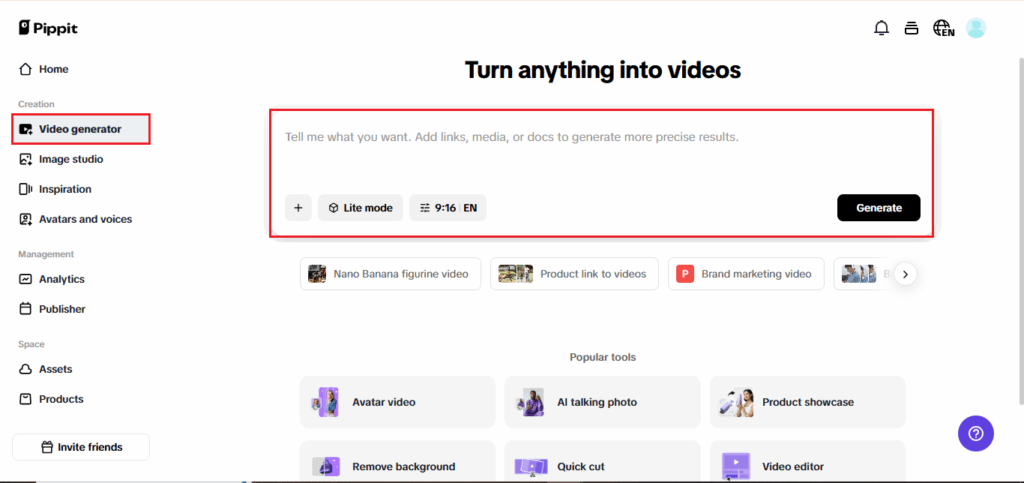
Step 2: Customize and generate
Once your media has been uploaded, Pippit will display a preview of your video, using auto-chosen images and automatic effects. You can edit however you wish, choose tempo, add ambient sounds, or try out voiceovers. You can even add an avatar, telling your art story and showcasing the gallery you happen to be in. Once completed, simply click “generate” – and watch your virtual exhibition come to life.
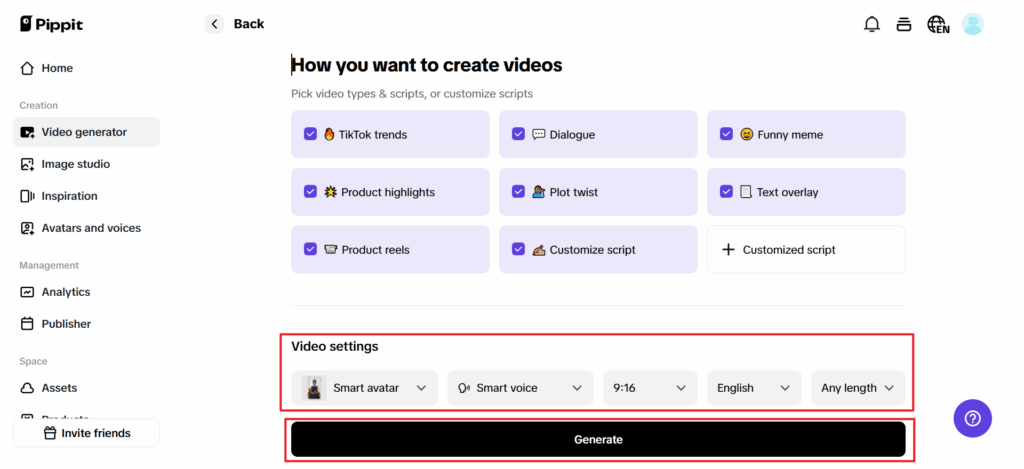
After you generate, preview your video, and use “Quick edit” for minor edits or go in to “Edit more” for more edits.
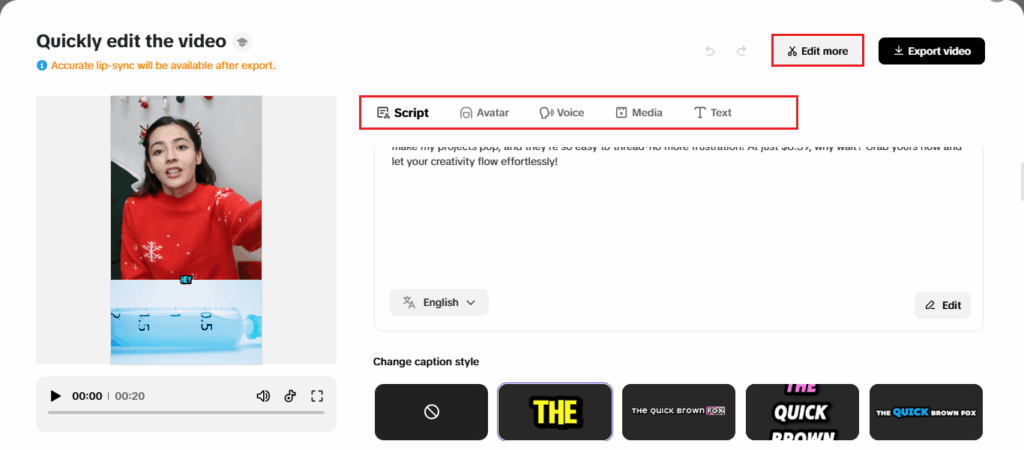
Once you are happy, click “Export,” to save it as a high-definition video file. Your animated gallery is now set to post to social media, virtual art exhibitions, or the gallery part of your website.

An AI avatar gives your event trailer personality and professionalism. The avatar is an on-screen host, used to narrate your story, or introduce key moments, in a natural, conversational style. Bringing highlights from last year, or building excitement for the upcoming, the avatar engages audiences synchronically. Alternatively, an avatar gives your brand a digital ambassador, one that’s recognizable, consistent, and always camera-ready.
The notion of art exhibition has moved away from place to feeling. The contemporary museum does not reside in a single city, it resides wherever it connects. Creatives who accept this change open their doors further and redefine their narratives.
With Pippit, everyone can bring their portfolio to life, imparting movement to imagination and access to art enthusiasts everywhere. It is not about substituting galleries, it is about opening them wider beyond borders and time zones.
